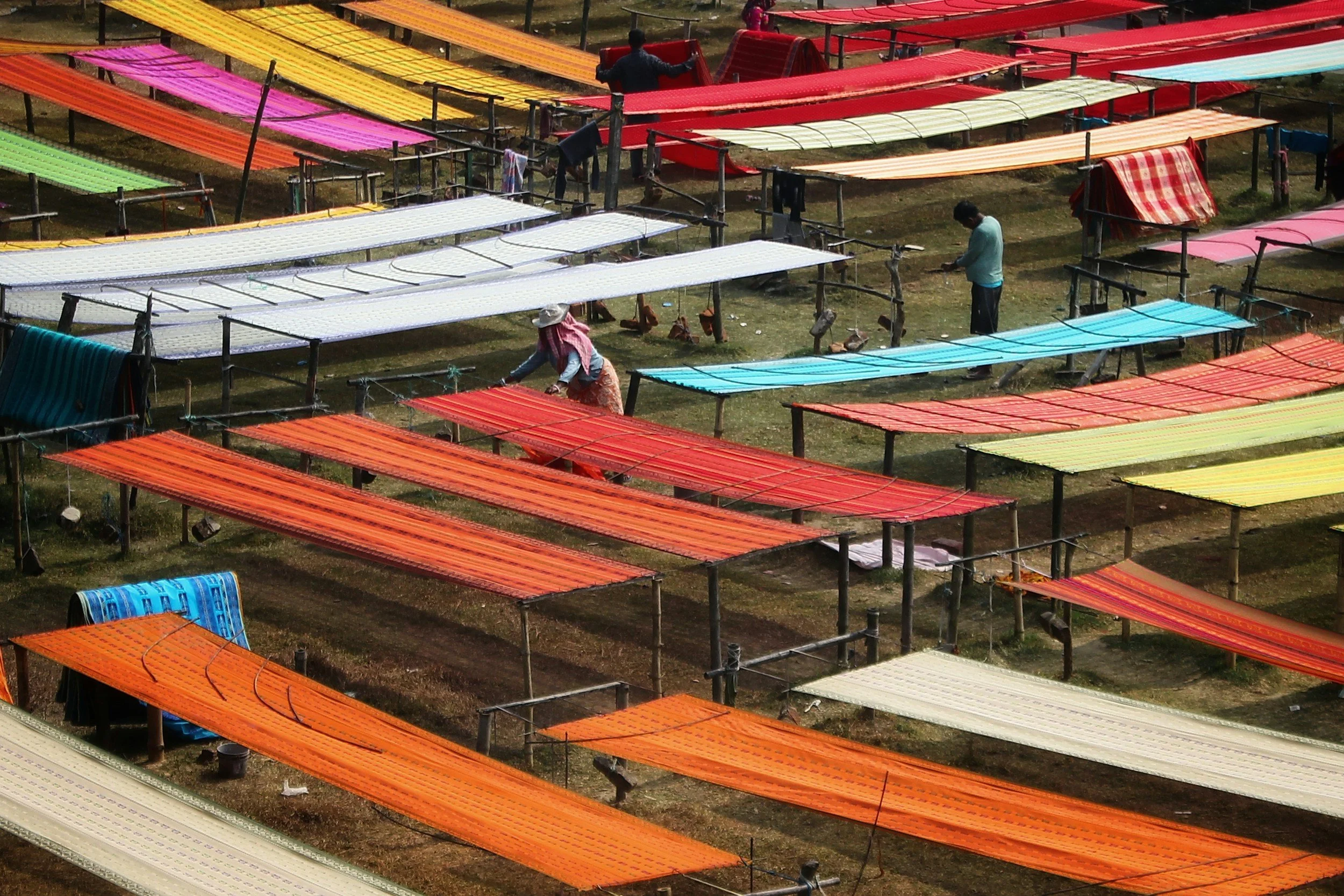By: Anit Mukherjee
This week, India feels the full force of the tariffs of up to 50% imposed on many of its exports by the United States. The long-running tariff saga that has played out since February of this year has spilled over into a rising sense of uncertainty on the direction of U.S.-India relations more broadly. Apart from that, it is not clear whether being subjected to such exceedingly high tariff rates will have a significant impact on India’s growth momentum. While some sectors will undoubtedly be affected, it may also spur productivity and diversification as the key drivers of a more robust export regime in the years to come.
While much attention has been focused on the 50% rate imposed by the Trump administration, it is important to note that at most two-thirds of India’s goods exports are subject to the maximum tariff, and another 5% at half that rate. As per the notice of implementation, 30% of India’s exports to the United States, including electronics and pharmaceutical products, are exempt from the tariffs altogether. Overall, the tariffs would affect about $60 billion out of total goods and services trade of $191 billion with the United States. While this is not trivial, the structure of India’s trade with the United States — with high value-added products and services as the major export segment — is expected to cushion the blow.
The downside is that the major burden of the tariffs will fall on labor intensive sectors — gems and jewelry, apparel, carpets, iron and steel, aluminum, agrifood, and fisheries among others. Here again, it is unclear what the actual impact of the tariffs on employment will be. Take gems and jewelry, for example. India’s share in world exports in 2024 is only 3.2% overall, made up mostly by cut and polished diamonds and synthetic diamonds and stones where India ranks first in the world. However, most of the employment is in the production of gold, silver, and imitation jewelry where India’s share of global exports is quite low — in fact, it is only about 1.4% for imitation jewelry while China’s share is nearly 45%. As higher value exports to the United States, especially diamonds and gemstones, are likely to be most affected, the government support to the sector should be targeted at improving the production and marketing of both branded and imitation jewelry, and help diversify. India could potentially tap the enormous potential of markets in Europe and the Middle East, where India has existing trade agreements, and therefore a much more stable policy environment for Indian exporters to flourish.
A similar argument can be made for other sectors as well. Textile exports already faced strong competition from Bangladesh, Vietnam, and Cambodia in the U.S. market, which comprised about $10.8 billion, or nearly 30% of India’s total exports. In a curious way, the higher tariffs might compel Indian apparel exporters to diversify into other markets, in a similar manner to the gems and jewelry sector. It may be an opportunity for India’s apparel industry to move up the value chain, establishing global brands and tapping into the global demand for Indian fabrics and designs.
India’s tariff troubles in the short term are an opportunity to undertake a strategic revaluation of its export strategy at a time when the global trading system itself is in turmoil. The job now is to keep the focus on cushioning the impact of the tariffs in the short term while making India a truly global exporter in the years and decades ahead.
Anit Mukherjee is Senior Fellow for the Global Economics & Development program at ORF America.

